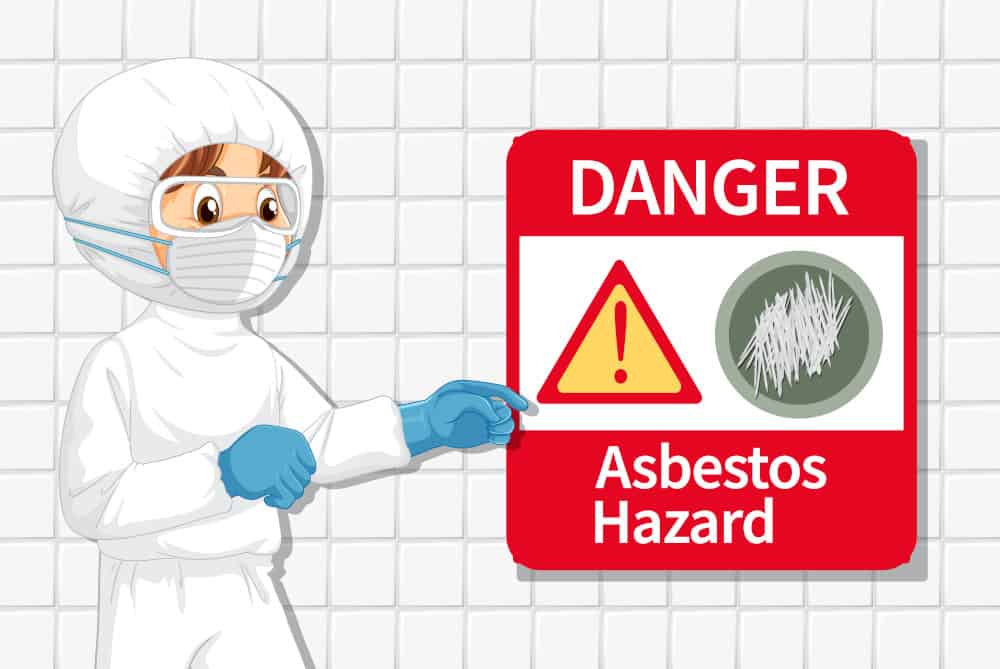Do’s And Don’ts for Working With Asbestos
If you own a business, you should know what you can and can’t do with asbestos and asbestos removal. Knowing how to keep yourself safe while staying within the law is essential.
The first thing to realize is that it’s not illegal to have asbestos. However, there are ways in which it can be mishandled, which is where the trouble begins.
Let’s read more about this!
What Safety Precautions Should You Have
Thousands of people work with asbestos every day in a typical year, and some do so without proper protection.
Several common misunderstandings can put workers at risk, including that asbestos isn’t such a big deal, asbestos is no longer used in many workplaces, asbestos removal is dangerous and not worth the cost and asbestos is banned in many countries; it’s not worth worrying about.
Working with asbestos is no different than working around any other dangerous material.
The key is to take all the necessary precautions, including using proper protective equipment and not exposing yourself or others to hazardous dust or fumes.
Below are some tips for the safe handling of asbestos:
- Use a respirator for any project that involves the use of fibrous materials. Respirators can be purchased at most hardware stores or from a qualified contractor.
- Wear protective clothing when handling asbestos-containing materials. This includes long pants, rubber gloves, and a hat with an attached face shield. Ensure that your clothing does not contain fiberglass, which may release fibers into the air when removed from an envelope.
- Another essential precaution is to work only in an area where the material has been adequately encapsulated or with a vapor barrier. This will prevent any airborne dust from contaminating the air around you.
- If you suspect there is asbestos in the air, leave the area immediately for several hours after removing asbestos-containing material from your workspace. Ensure that all workers know this regulation before beginning projects where asbestos is present.
- Be aware of the hazards associated with asbestos removal and disposal.
- If you are removing large amounts of material, take precautions to prevent dust and debris from spreading into adjoining areas or outside your property boundary. For example, use an enclosed vacuum cleaner rather than an open one.
- Where possible, make the asbestos removal materials in the homeless disruptive by using an enclosed truck or trailer to transport them away from the house so that they do not spread dust into other areas of the building or home site (for example, through doors and windows).

What You Should Avoid
Don’t open asbestos-containing materials without proper training.
Do not use your bare hands to clean up asbestos dust, fibers, or lumps on the floor or walls. Use a wet mop or damp rag, or wear gloves and eye protection.
Do not smoke while working with asbestos-containing materials or equipment.
If possible, avoid long-term exposure to airborne fibers during work activities such as demolition, renovation, or construction projects where there is an increased risk of breathing in airborne fibers from dust particles.
Do not use sledgehammers or pneumatic hammers to break up ceilings containing asbestos fiber. These tools can cause more damage than intended when used on old damaged insulation boards or ceiling tiles containing asbestos fibers.
Sum Up
While asbestos has been used for many years in various applications, it is not without its dangers. If you are working with asbestos, there are do’s and don’ts that you must follow to ensure safety and compliance with the law